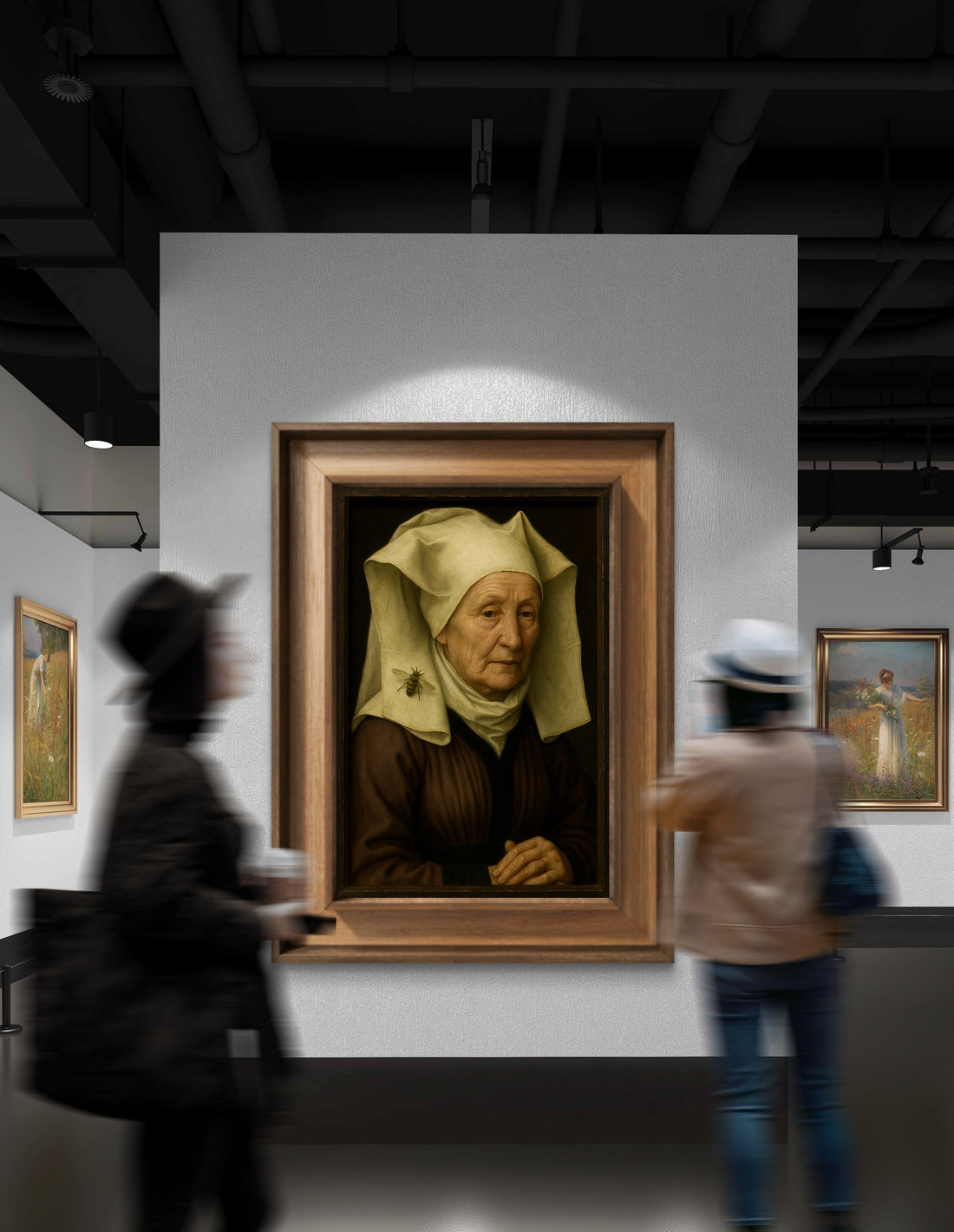
Portraiture: The art of capturing the human condition.
Share
Portraiture is one of the oldest and most enduring art forms, and for good reason. A portrait is a dialogue across time, where the sitter, the artist, and the viewer all meet. It captures how someone looked and how they wanted to be portrayed in that moment: their spirit, their ambitions, their fragility.
From the earliest pharaohs carved into stone to the bold, stylized selfies of today, portraiture has been about capturing a connection to one's humanity, revealed through the artist.
Portraiture as a Mirror of Power.
Historically, portraits were instruments of authority. Monarchs, generals, and aristocrats commissioned artists to project wealth and influence. The grandeur of Elizabeth I’s portraits or the formal majesty of Napoleon on horseback were less about individuality and more about message: I am here. I am powerful. Remember me this way.
But even in these images, a keen observer can detect subtleties—a nervous hand, a wistful gaze—that remind us that power is always carried by human beings.
The Rise of Intimacy.
With the Renaissance, portraiture began to shift. Artists like Leonardo da Vinci and Hans Holbein refined the ability to show personality. This was the era when sitters included symbols and iconography to communicate a subtle message, and the art became people with depth, passions, and flaws.
By the 19th century, portraiture had become deeply personal. Think of Van Gogh’s self-portraits: raw, unvarnished, unafraid to show both beauty and torment. These works remind us that portraiture is capturing what we feel, and how we feel.
Portraits as Windows Into Our souls.
Today, portraiture is democratic. It exists everywhere: in painted commissions, in studio photography, in candid snapshots on a phone. The power of portraiture is that it allows us to see ourselves reflected, to hold onto fleeting moments of identity. A good portrait offers more than a physical appearance, it creates a mood, a statement, and a message.
And that’s the enduring magic of portraiture: it collapses time. A painted face from centuries ago can look back at you with startling familiarity, whispering, "I lived once. I mattered. You see me still."
Why Portraiture Endures.
We will always seek portraits because we are, at heart, storytellers. We want to remember and be remembered. Portraiture gives form to that desire. It is art’s most human act: one person capturing another in a way that transcends time and space.
Enjoy our beautifully selection of art works and original pieces, curated for you by Elliott Best.
